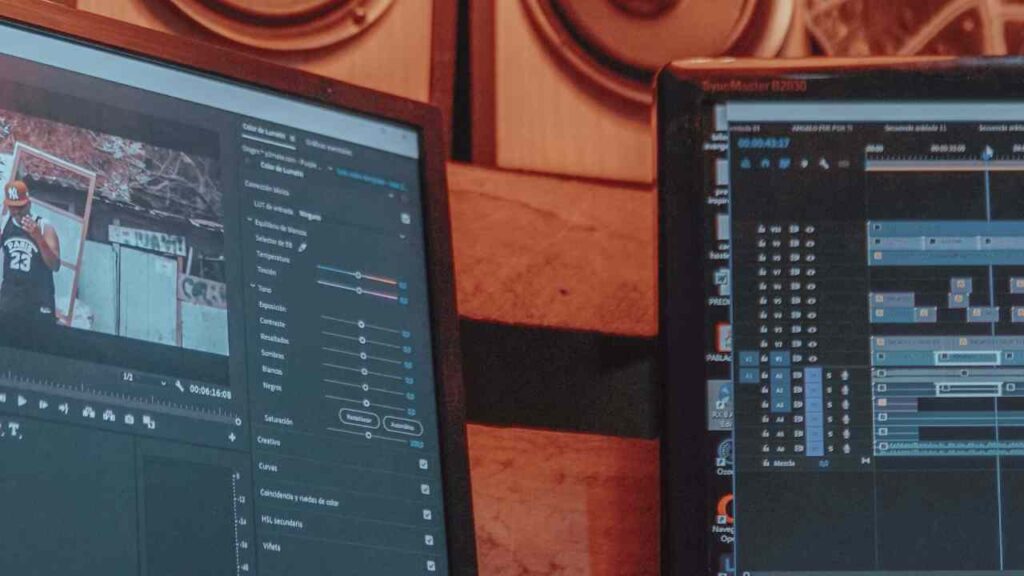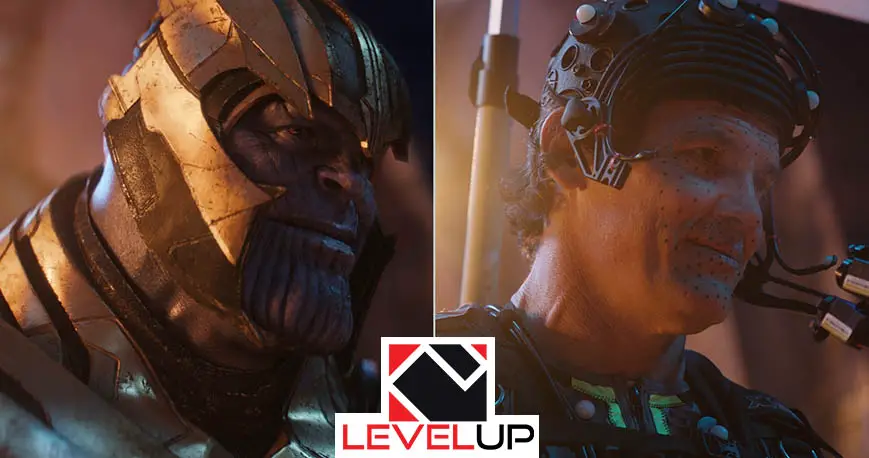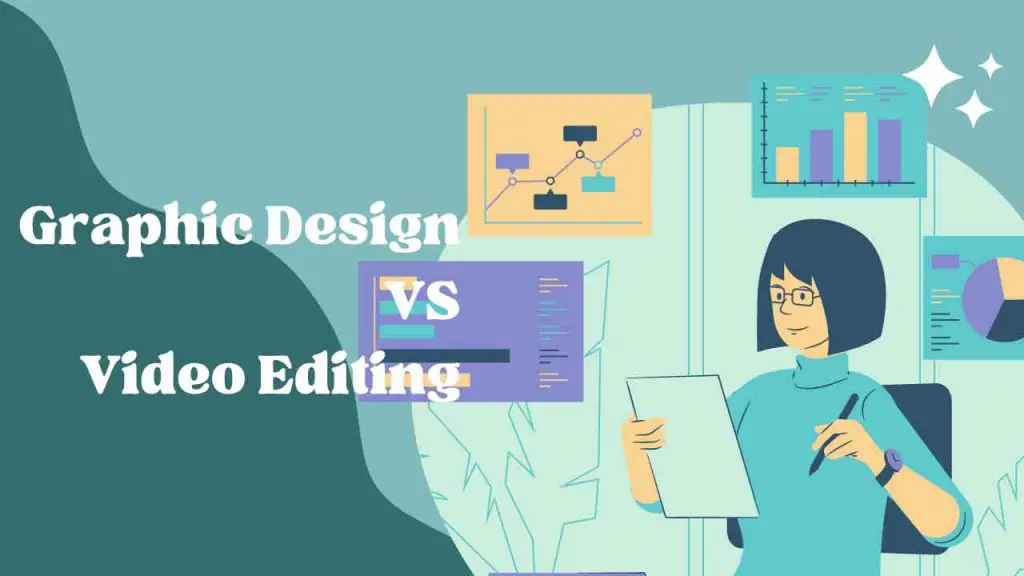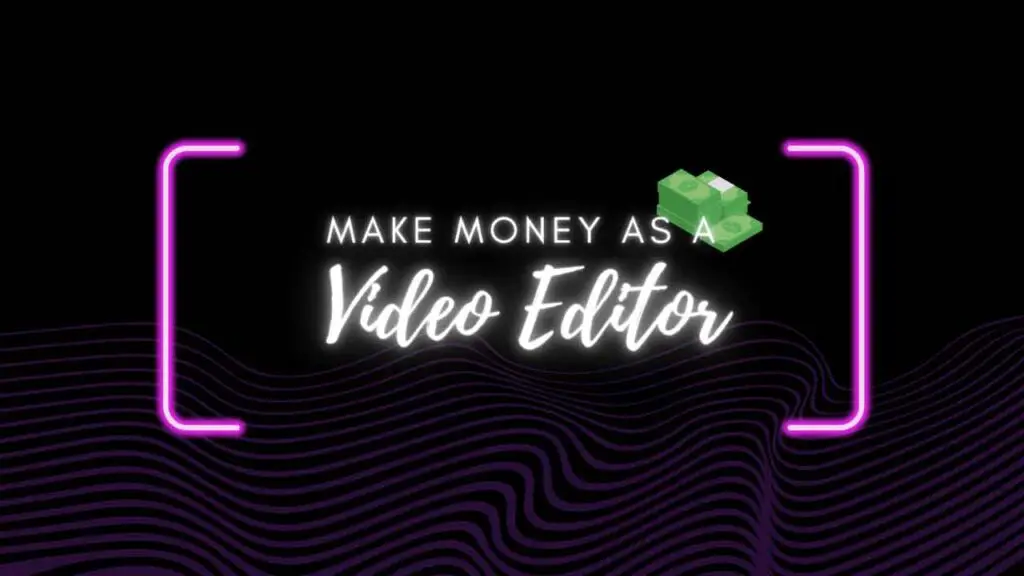THIS ARTICLE MAY CONTAIN AFFILIATE MARKETING LINKS! IN CASE YOU MAKE A PURCHASE THROUGH ONE OF THE LINKS, WE'LL GET A SMALL COMMISSION. WITH NO EXTRA CHARGES TO YOU. THANKS!!
Today, let’s dive into the topic of how to charge for editing video. Ever found yourself baffled about putting a price tag on your editing wizardry? Fear not, for we’re about to unfold the secrets to valuing your creative prowess.
How to charge for Editing Video?
Understanding Your Worth
Embark on this journey by recognizing your unique skills. What sets you apart in the sea of editors? Unpack your skill set and embrace your editing superpowers.
Assessing Skill Levels
Delve into the depths of your expertise. Are you a novice or a seasoned pro? Let’s explore how your skill level factors into your pricing strategy. Here’s a concise guide:
- Seek Feedback: Ask for feedback from peers, mentors, or online communities. Diverse perspectives can provide valuable insights into areas of improvement.
- Self-Reflection: Analyze your own work critically. Assess the quality of your edits, transitions, and overall storytelling. Identify strengths and areas that need refinement.
- Skill Assessment Tools: Leverage specialized video editing skill assessment tools available online. Platforms like Testlify offer pre-employment assessments tailored for video editors.
- Define Problem-Solving Skills: In video editing, problem-solving is crucial. Evaluate your ability to identify issues in your projects and develop effective solutions.
- Compare Against Standards: Watch tutorials, industry-standard videos, and analyze how your work compares. Identify gaps and align your skills with current trends and best practices.
- Online Skill Tests: Take advantage of video editing skill tests available on platforms like YouTube. The “Video Editing Skill Test: Are You (actually) Good?” on YouTube is one such resource.
Researching Market Trends
The video editing landscape is ever-evolving. Take a stroll through the market trends. What are others charging? How does your skill stack up in the grand scheme?
Staying informed about market trends is pivotal when determining how much a video editor should charge in 2024. Here’s a brief overview:
- Industry Reports: Explore industry reports offering insights into current pricing trends for video editing services.
- Market Size and Growth: Consider the market size and growth projections. The global Video Editing Software market, for instance, was valued at USD 3900.83 million in 2021 and is expected to expand at a CAGR of 4.14%.
- Cost of Video Production: Understand the broader context by looking at the cost of video production in 2023. Prices can vary from $2,500 to over $200,000 per year, depending on the scope of work.
- Video Editing Trends: Stay updated on video editing trends for 2024. Websites provide valuable insights into emerging trends that may influence pricing strategies.
- Comprehensive Reports: For a more detailed analysis, explore comprehensive market trend and growth reports such as the one on ResearchGate.
Navigating Pricing Models
Now, let’s set sail into the ocean of pricing models. From hourly rates to project-based pricing, we’ll navigate the waters and find the perfect fit for you.
Hourly Rates: Friend or Foe?
Hourly rates – the classic conundrum. Is it your ally or your nemesis? Let’s weigh the pros and cons and uncover when to wield this pricing sword. Determining whether hourly rates depends on various factors:
- Flexibility and Consistency: Hourly rates offer flexibility, allowing freelancers to adapt to project variations. However, fixed rates provide consistency and transparency for clients.
- Charging Methods: Video editors can choose between charging per day, per hour, or per project. Each method has its pros and cons, influencing the decision on whether hourly rates are suitable.
- Average Hourly Rates: Freelance video editors typically charge between $20 to $150 per hour, depending on their expertise and the complexity of the project.
- Consideration of Project Scope: The decision to use hourly rates depends on the project’s scope and complexity. For projects with varying requirements, hourly rates might be more suitable.
- Client Relationships: Establishing transparent communication with clients is essential. Whether hourly rates work in your favor depends on the understanding and agreement reached with clients.
Project-Based Pricing: Crafting Your Masterpiece
Ah, the allure of project-based pricing. Learn how to sculpt your charges around the intricacies of each project. It’s not one size fits all.
Project-based pricing for video editing involves determining a set fee for an entire project rather than charging per hour. Effective strategies for setting project-based rates include:
- Scope Assessment: Clearly define the scope of the project, considering factors like video length, complexity, and additional services required.
- Breakdown of Services: Break down services into specific line items such as pre-production planning, shooting, editing, color grading, and final delivery. This helps in creating a comprehensive pricing structure.
- Clarity for Clients: Project-based pricing provides clients with a clear understanding of upfront costs, facilitating budgeting and planning.
- Maximizing Profits: Selecting the right project-based pricing strategy is crucial for maximizing profits. This involves considering various insights to align pricing with the value delivered.
- Cost Consideration: Determine the best rate based on your costs, market standards, and the value you bring to the client. Understand the intricacies of your freelance video editing services to set a competitive yet fair project-based price.
Value-Based Pricing: Your Secret Weapon
Ever thought about charging based on the value you bring to the table? Unleash the power of value-based pricing and see your earnings soar.
Value-based pricing in video editing is a strategy that focuses on charging clients based on the perceived value of the services provided, rather than the time spent. Here’s how to implement value-based pricing:
- Understand Client Needs: Conduct thorough discussions to understand the client’s specific needs, goals, and the impact of the video on their business.
- Quantify Value: Determine how the video contributes to the client’s success, whether through increased brand awareness, engagement, or conversions.
- Set a Fixed Price: Assign a fixed price to the project based on the perceived value to the client, emphasizing the benefits they will gain.
- Communicate Value Proposition: Clearly communicate the value proposition, showcasing how the video will positively impact the client’s objectives.
- Educate Clients: Educate clients on the comprehensive nature of the service, including pre-production planning, shooting, editing, and final delivery.
- Regularly Review Prices: Periodically review and adjust your pricing based on the changing needs and market dynamics.

Factoring in Overhead Costs
Editing isn’t all glitz and glamor. There are pesky overhead costs to consider. Let’s break down these budget busters and ensure you’re not short changing yourself.
Software and Equipment
The unsung heroes of video editing – your software and equipment. Don’t forget to account for these silent warriors when setting your rates.
Time Investments: The Hidden Currency
Time is money, they say. Dive into the time vortex of editing, and discover how to factor in the hours spent crafting that perfect cut.
Negotiation Skills: The Art of the Deal
Ready to put on your negotiation cap? We’re delving into the art of the deal, where charm and strategy dance hand in hand.
Setting Boundaries
Discover the delicate dance of setting boundaries. Learn to say no without burning bridges, and watch your professional relationships flourish.
Negotiating with clients as a video editor requires setting clear boundaries to ensure a healthy working relationship. Here are key strategies:
- Communicate Expectations Clearly: Clearly outline what services are included in your scope and any additional work that may incur extra charges. This prevents misunderstandings.
- Define Project Scope: Set clear project parameters, including the number of revisions, turnaround time, and the specific deliverables. Clearly articulate what falls within and outside the agreed-upon scope.
- Establish Communication Channels: Define preferred communication methods and hours. This helps manage expectations regarding response times and availability, preventing undue pressure.
- Educate Clients on the Editing Process: Provide clients with insights into the video editing process, helping them understand the time and effort involved. This can manage expectations and reduce requests for unnecessary edits.
- Set Realistic Timelines: Clearly communicate realistic timelines for each phase of the project. Avoid making promises that may lead to rushed work or compromise quality.
- Address Additional Edits Professionally: If a client requests extra editing beyond the agreed scope, discuss it professionally. Clarify whether it falls within the scope or requires additional charges, ensuring transparency.
- Have a Contract in Place: Establish a detailed contract that clearly defines project scope, timelines, and payment terms. A contract acts as a reference point for both parties.
Communicating Value Proposition
Communication is key. Unravel the secrets of articulating your value proposition. Showcase your skills without sounding like a boastful bard.
Effectively communicating your value proposition as a video editor is crucial for attracting and retaining clients. Here are key strategies:
- Understand Client Needs: Begin by understanding the unique needs and goals of your clients. Tailor your value proposition to address their specific challenges and aspirations.
- Clear and Concise Messaging: Craft a clear and concise value proposition that highlights the benefits and unique aspects of your video editing services. Avoid jargon and use language that resonates with your target audience.
- Showcase Past Work: Demonstrate your skills and capabilities by showcasing relevant examples of your past video editing projects. This visual representation can be a powerful way to convey your expertise.
- Highlight Unique Selling Points: Clearly articulate what sets you apart from other video editors. Whether it’s a unique editing style, fast turnaround times, or special expertise in certain types of projects, emphasize your unique selling points.
- Use Visuals and Multimedia: Leverage the power of visuals, such as showreels or portfolio videos, to complement your written value proposition. Visual content can provide a tangible demonstration of your editing skills.
- Client Testimonials and Reviews: Incorporate client testimonials and reviews into your communication. Positive feedback from previous clients adds credibility and builds trust with potential clients.
- Emphasize Collaboration and Communication: Highlight your approach to collaboration and communication. Assure clients that you prioritize their input and feedback throughout the editing process, fostering a collaborative partnership.
- Offer Solutions, Not Just Services: Frame your value proposition around the solutions you provide rather than just listing services. Clearly communicate how your video editing can address the specific needs and goals of the client.
Conclusion
And there you have it, Charging for editing isn’t a one-size-fits-all game. It’s an art, a dance, a negotiation. Know your worth, navigate the pricing seas, factor in those sneaky overhead costs, and master the art of negotiation.







